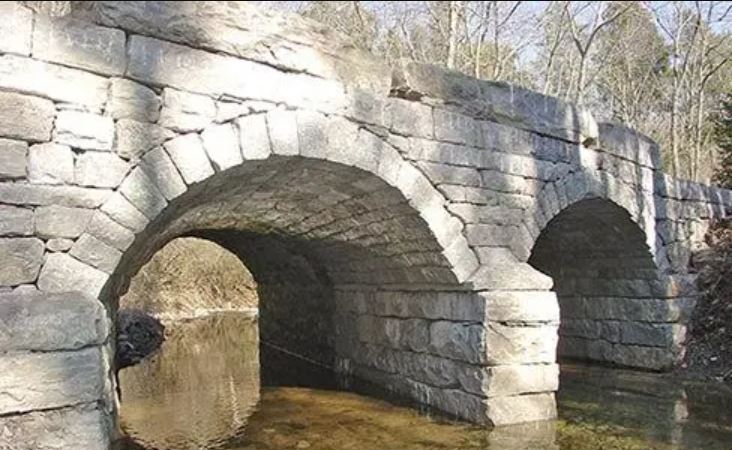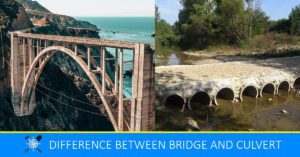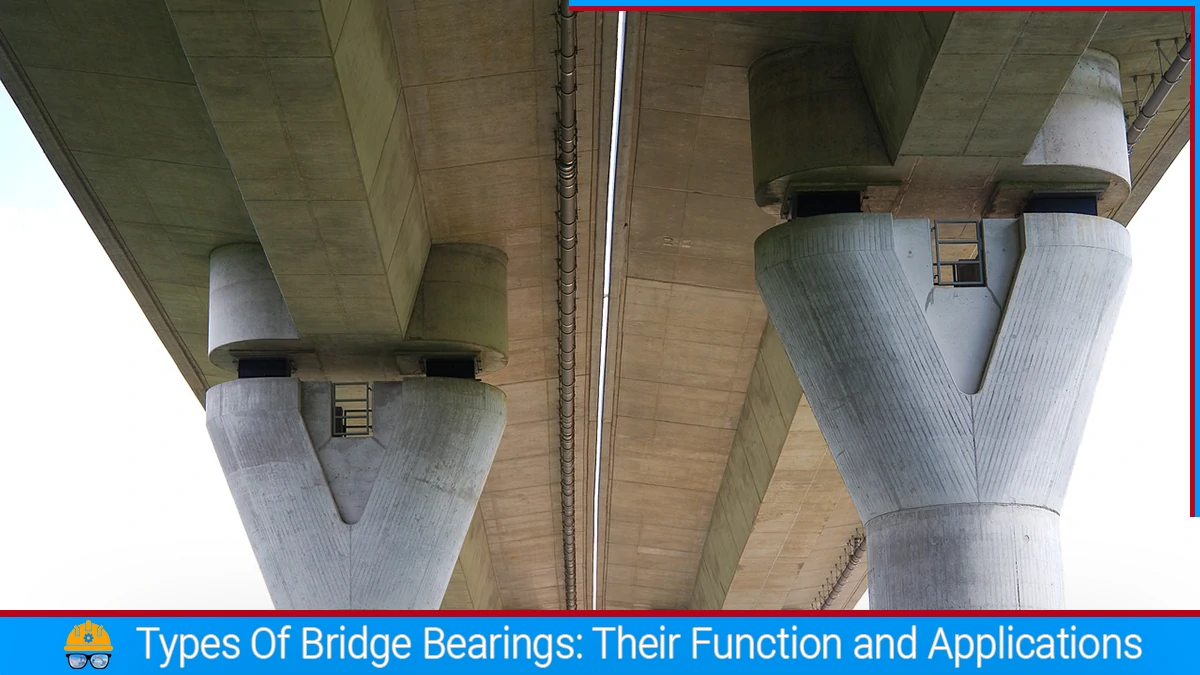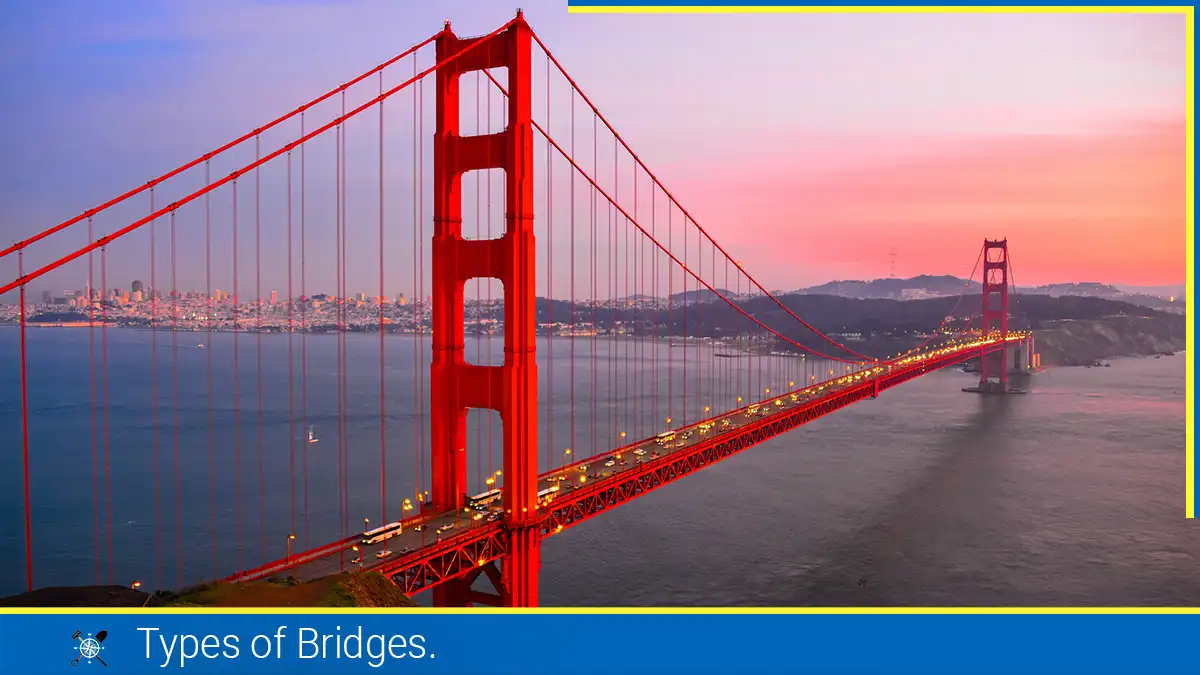While driving through the road to reach your destination, you come across several infrastructures be it on the urban road or the outskirts of the town. Some of the infrastructures are built to drive you safely, give information and cross the water bodies and terrain. There are many infrastructures which cross the water bodies. What are bridges, culverts, causeways, etc? In this article, we will focus on culverts.
What is Culvert?
The culvert is a type of civil engineering infrastructure that allows water to flow freely across a stream, channel, or gully without being disrupted. They are built in accordance with the discharge flow and site circumstances.
Culverts are mainly constructed to cross the water bodies and channel out the water.
Materials Used for Culvert Construction
The materials for culverts are listed below: –
- Concrete
- Steel
- Aluminium
- Plastic
- HDPE pipe
The most common type is concrete due to its durability. Concrete culverts may be reinforced or none reinforced. They may be cast in situ or directly installed pre-cast culverts.
Types of Culverts
Primarily there are three types of culvert on the bases of their shape as mention below:
- Box Culvert
- Pipe Culvert
- Arch Culvert
Box Culvert
A box culverts consist of reinforced concrete box of pre-cast concrete cell of square or rectangular opening with the span generally restricted to 4m. The top of the box culverts may be at the road level or at a depth below the road level of the road in an embankment. A single box culvert becomes uneconomical when the design discharge is considerable due to the thickness of the slab and walls. In such cases, more than one box is built side-by-side monolithically.
Box culvert is only applicable when the discharge through the drain or channel is small and the bearing capacity of soil is low. Hence, the bottom slab is provided and also it acts as artificial flooring for the flow of water.
Components of Box Culvert
The structural design demands the following components for the box culverts: –
- Top slab: It is the top element of the structure with the reinforced concrete slab. This element provides the construction of roads and walkways. Normally asphalt concrete is placed on the top of the slab to make the continuation of the road. Usually, the top slab is designed for bending and shear forces generated by applied loads.
- Side Walls: These are the walls that transfer the loads from the super-structure (top slab) to the sub-structure. They carry the vertical loads and bending moments induced by the top slab. They are placed at the two extreme ends top slab.
- Bottom Slab: It acts like a foundation or sub-structure for the box culverts. It is designed for bending and shear forces due to the applied loads.
Bridge Culvert
The bridge culvert is a development of box culverts. Unlike box culverts, they do not have a bottom slab. For a culvert of this type, a foundation is provided under the ground surface. They are similar to bridges and rectangular in shape. Thus, the name bridge culvert is given to it.
Bridge culverts are provided on canals or rivers and are also used as road bridges for vehicles. Like all other types of culverts, box culverts can also be built single or a series of culverts and pavement surface is laid on top of the structure.
Pipe Culvert
Pipe culverts are cylindrical and designe for smaller stream often made of concrete, metal or plastic. The limitation of the pipe culverts is the movement of the discharge is limited. This type of structure is suitable for having a continuous flow of discharge. For example, Strome water drain and channelling out the roadside drain.
- Concrete Pipe Culvert: The concrete pipe is usually reinforced with a reinforcement bar and are designed to withstand heavy loads and harsh environmental conditions, making them a long-lasting solution.
- Metal Pipe Culvert: Metal pipes culverts are made of corrugated galvanized steel or aluminum pipe which offers several advantages over conventional concrete and plastic pipes.
- Plastic Pipe Culver: Are avilable in plain or corrugation which is made from high-density polyethylene (HDPE) or polyvinyl chloride (PVC).These are popular for small- to medium size drainage application, especially house drainage and small pernnal stream. They are light weight, flexible and corrosion resistance. Are not suitable for heavy load and drainage where chemical spill is intensive.
Also, read: Concrete Pipes: Advantages and Disadvantages of Concrete Pipe

Pipe Arch Culvert
Pipe arch culverts are structures made of a combination of one or more pipe arches. The bottom arches provide a way for the water to flow. Pipe arch culverts can be of single or multiple pipe arches. These are arches made from pipes that could be manufactured from concrete or steel.
They are suitable for large water flows and the flow should be continuous and stable.
Also, read: What is Cement Concrete?: Comprehensive Guide and 2 Types (PCC and RCC)
Arch Culvert
As the name suggests, this is similar to pipe arch culverts but it does not make use of pipes. The arch is single or multiple depending upon the flow of the water through the channel. The arch culvert is usually constructed from masonry either of stones or bricks. This is the oldest type of culvert ever used by human civilization.
The artificial flooring is provided for the flow of water through it. The flooring may be reinforced or unreinforced concrete.

Also, read: 10 Types of Stones Used for Construction Works
Advantages of Culverts
- It helps in preventing flooding.
- The flow of discharge is not disturbed.
- Erosion is prevented due to the continuous flow of water through the canal.
- Offers ease of crossing water bodies for both vehicles and commuters.
Also, read: Difference Between Bridge and Culvert
FAQs:
Q: What are the types of culverts?
Ans: The common types of culverts include:
Pipe Culverts: Made of materials like concrete, steel, or plastic, these are cylindrical and commonly used for smaller streams or drainage.
Box Culverts: Rectangular structures made from pre-cast concrete or reinforced concrete for larger water flows.
Arch Culverts: Designed to mimic natural stream channels, these provide aesthetic benefits and are often used in environmentally sensitive areas.
Q: What materials are commonly used for culverts?
Ans: Common materials for cuvert include:
Concrete: Durable and long-lasting, suitable for heavy loads.
Steel: Strong but may require protective coatings to prevent rusting.
Plastic (HDPE or PVC): Lightweight and resistant to corrosion, ideal for smaller applications.
Q: What are the signs of a failing culvert?
Ans: Signs include water backing up or flooding, visible cracks or deformation, erosion around the inlet or outlet, and unusual water flow patterns.
Q: Can culverts become blocked?
Ans: Yes, culverts can become blocked by debris, sediment, or vegetation, which can lead to flooding and erosion. Regular maintenance is necessary to prevent blockages.
References:
- Jagadeesh, T.R. & Jayaram, M.A. (2009). Design of Bridge Structure. (2nd ed.). PHI Learning Private Limited. New Delhi 110001
- Yue, F., Zhao, J. C., He, H. J., & Wen, X. J. (2012). Study on Circular-Shaped Corrugated Steel Culvert Pipe for Highway Construction. Key Engineering Materials, 517, 832–835. https://doi.org/10.4028/www.scientific.net/kem.517.832
- Jamle, S., & Patel, R. (2019). Analysis and design of Box Culvert: a review. ResearchGate. https://doi.org/10.18231/2454-9150.2019.0309
- Wikipedia contributors. (2021, September 6). Culvert. Wikipedia. https://en.wikipedia.org/wiki/Culvert
- (23) Advantages of Corrugated metal culvert | LinkedIn. (2018, April 11). https://www.linkedin.com/pulse/advantages-corrugated-metal-culvert-kevin-zhuang/
![]()







